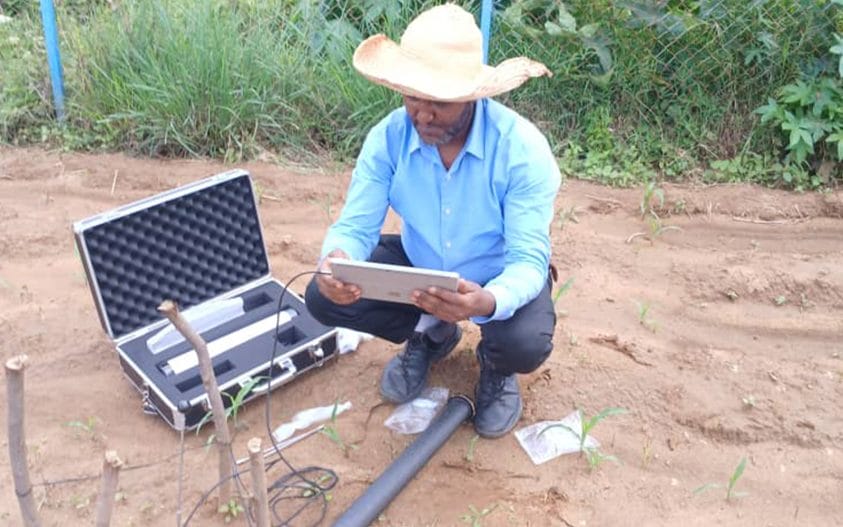Latest root-monitoring
Seeing the Hidden Half: How CI‑600 Root Imaging Powers Ethiopia’s First Mulch‑SPAC Model
When drought takes hold in the Horn of Africa, the warning signs start below ground, out of sight and, until recently, out of reach. At Haramaya University’s Africa Center of Excellence for Climate‑Smart Agriculture & Biodiversity Conservation, PhD candidate and Assistant Professor Ephrem Mamo Weledekidane set out to change that. His goal: to watch roots… Continue reading…

Additional reading
Five Important Arbuscular Mycorrhizal Fungi Research Studies in 2024
In 2024, many studies will explore frameworks and concepts to fill in gaps in our understanding of the basics of mycorrhizal composition and functions, from microscopic to large scales. The Mycorrhizal fungi benefits in agriculture are a key focus, with studies aimed at improving the application of arbuscular mycorrhizal fungi (AMF) to enhance soil health… Continue reading…
How Minirhizotrons for Nematode Detection Improve Root Health Monitoring
Early studies used minirhizotron to understand how nematode-roots interaction impacts yield. Minirhizotrons have also been used to quantify nematode damage and cultivar selection. Minirhizotrons can show symptoms like root swelling and root trait changes at infection sites. Root studies have increased in number recently due to novel data collection techniques, such as imaging through minirhizotron… Continue reading…
What Are the Benefits of High-Density Orchards?
The dwarfing rootstocks that increase tree numbers in high-density orchards have a smaller and shallower root system. Several vital root traits like root length density (RLD), lower root number density (RND), and fewer and smaller fine roots are characteristics of dwarfing rootstocks. The root traits in dwarfing rootstocks lower the vegetative vigor but increase flower… Continue reading…
Understanding the Impact of High Temperatures on Crop Roots
Due to climate change-related high temperatures on crop roots, root architecture is altered. Roots change the carbohydrate/amino acid ratio and lipid metabolism to limit growth disruption and activate heat pathways. Temperature-induced hormone changes trigger signals to activate root responses to stress. Roots must also deal with climate change effects like drought, nutrient deficiency, salinity, and… Continue reading…
Understanding Drought Resistance Strategies: A Guide to Plant Adaptation
Drought Resistance Strategies include any plant mechanism that responds and adapts to drought, commonly called drought resistance. Plants use drought escape mechanisms to prevent encountering climatic established drought conditions by altering their lifespan. Drought avoidance strategies avoid the adverse impacts of mild and acute drought on cells by reducing plant water loss. Stress tolerance mechanisms… Continue reading…
Understanding Fine Root Dynamics: Key Insights and Methodologies
Fine roots have a diameter of 0.1–2 mm and are essential for nutrient acquisition for individual plants and carbon and nutrient cycling for ecosystems. Research shows fine roots are not a single group; root order determines form, anatomy, physiology, and function. Fine root age is another significant factor that influences functioning and dynamics. Though fine… Continue reading…











